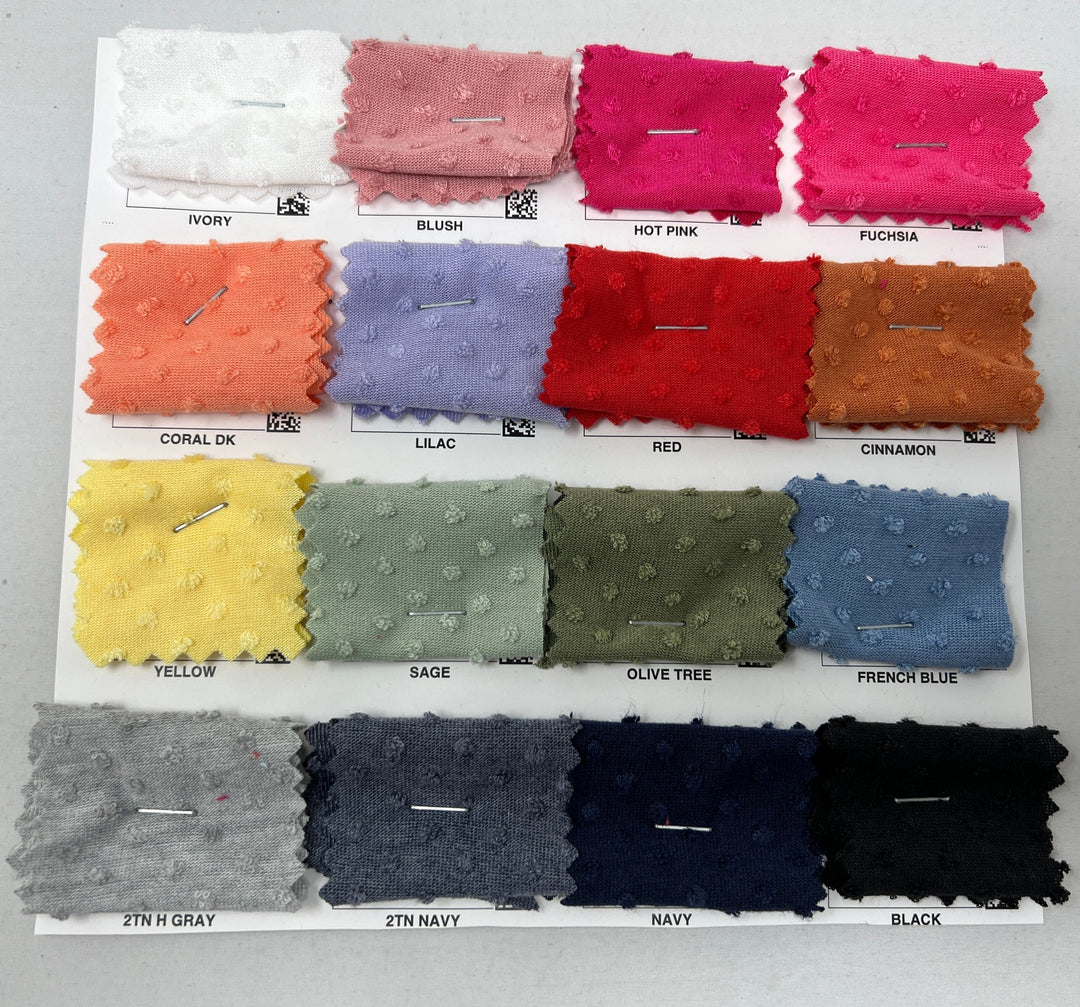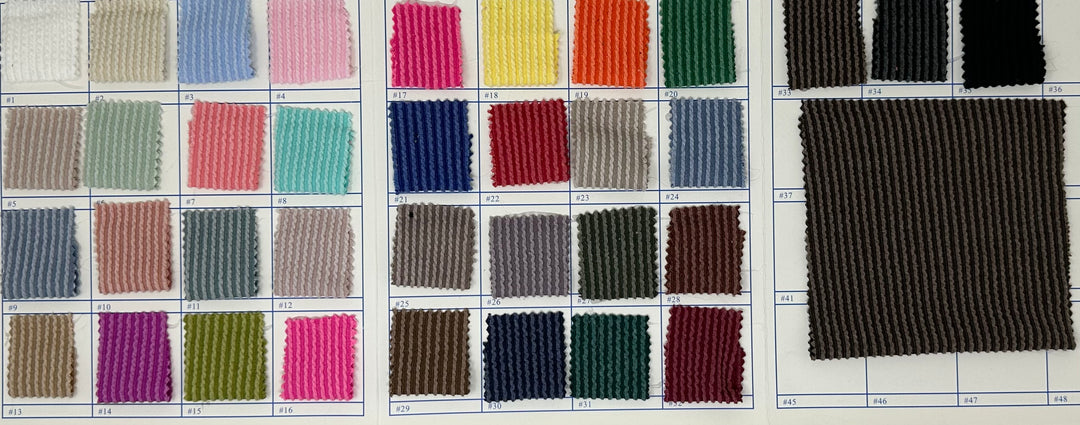The 3 Common Fabrics Used for Designing Fabrics


When making designs for garments and other projects, the type of material you use is an incredibly important decision. It not only determines how your design feels to wear, but it also impacts how it functions and affects the design’s final product. To that end, sometimes it’s best to stick with the classics. Here are the three common fabrics used for designing fabrics.
Nonwoven Fabrics
Nonwoven fabrics are typically made of acrylic and wool, which creates felt. The key to these fabrics is that the fibers are layered and bonded together mechanically, chemically, or with heat. Such engineered fabrics can often be found in hospitals as gowns, scrubs, and masks because they function very well as durable, single-use material. However, for your own purpose, you can use the durability of nonwoven fabrics to design and craft accessories like gloves and caps. Nonwoven fabrics have more practical purposes as insulation or interlining of a garment, which is fantastic for designing garments that would be used in a more industrial setting such as construction.
Woven Fabrics
Of the three common fabrics used for designing fabrics, woven fabrics should be most familiar. These fabrics are comprised of materials like silk, cotton, linen, wool, and polyester. As the name suggests, these fabrics are created through weaving, which interlaces two or more threads in right angles from each other. These different materials can be woven together to create a customized fabric such as floral ITY fabric. This fabric is made primarily from polyester but adds a bit of spandex to give the fabric greater elasticity. In general, woven fabrics are the most commonly used in garments.
Knitted Fabrics
Made from yarn or terry cloth, knitted fabrics are, as you may guess, made by knitting and can most often be attributed to garments like sweaters, socks, and winter hats. These knitted materials are often a bit heavier than woven fabrics and, thus, are favored in colder climates, as they do a better job retaining the body’s natural heat. The process involves inter-looping yarn or inter-meshing the loops. It’s distinct in its flexibility and readiness to be constructed into smaller pieces.















